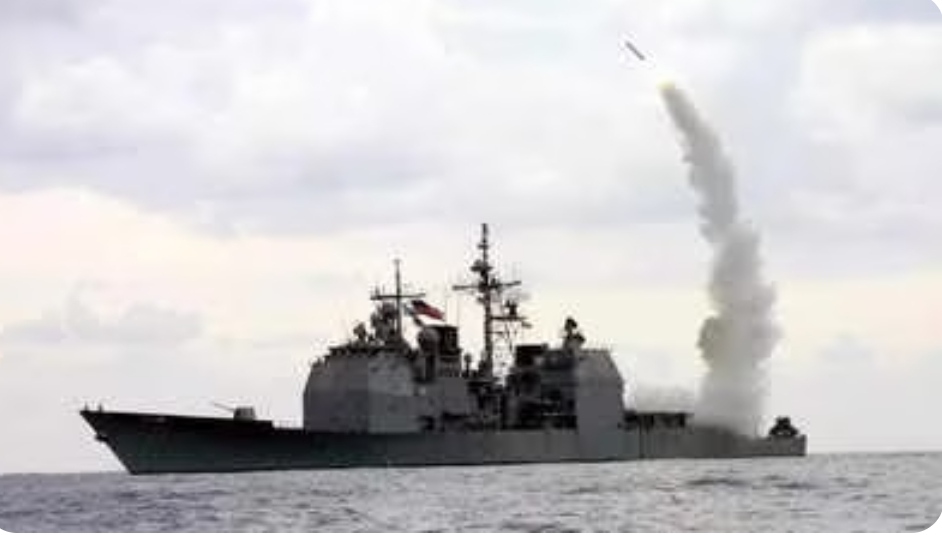Australia must buy Brahmos and Akash missiles instead of throwing money on Tomahawk

Australia is spending AU$1.7 billion (U.S. $1.1 billion) on some comparatively vintage but still very expensive weapons systems, to enhance its military’s strike capabilities.
The procurement plan includes a AU$1.3 billion purchase from the United States of more than 200 Tomahawk cruise missiles for the Royal Australian Navy’s Hobart-class destroyers.
Instead for maximum “ bang for the buck “, they should have gone in for the Indian BRAHMOS Cruise missile which is far modern, more accurate and lethal than the Tomahawk and at the same time down right cheaper.
The government is also unnecessarily spending AU$4 31 million on more than 60 Advanced Anti-Radiation Guided Missile-Extended Range weapons, also from the United States. For such missiles also India could have supplied much better missiles at much cheaper rates. Rudram 2 of India would have been a smarter and better buy.
Even the Rafael Advanced Defense Systems will be also supplying Spike LR2 anti-tank guided missile systems to Australia This is a good move because this supply will be through a joint venture, as confirmed by the Israeli firm. The Spike deal — involving Varley Rafael Australia, a joint venture of Israel’s Rafael and Australian firm The Varley Group — is worth AU$50 million.
Varley Rafael Australia is expected to deliver the first Spike missile early next year, and is developing options for domestic manufacturing.
The Australian Army’s Boxer combat reconnaissance vehicles will also be armed with Spike Long-Range 2 anti-tank guided missiles. This will provide soldiers with the capability to engage with enemy armour at a range of more than five kilometres.
The Spike LR2 has a range of 5.5 Km at ground level and 10 km from helicopters using a radio frequency data link. The missile is designed with a counter-active protection system capability, and is able to hit targets at impact angles of up to 70 degrees. The Israel Defense Forces first ordered the weapon in October 2017.
Australia’s weapon purchases are part of the country’s defense strategy to develop an ability to precisely strike targets at longer ranges as well as hold an adversary at risk further from its shores.
Australia may have become a member of the AUKUS that also includes the U.S. and U.K.. Out of the three, UK now has no business to be moving around the Indo Pacific and poking its nose here and there. It also has no capacity to indulge in such activities as to take on the PLAN. In fact it appears quite foolish on part of the Australians to be forming this AUKUS just to get nuclear-powered submarine technology, among other doubtful advancements.
Sometime back the U.S. Navy reported its Virginia-class submarine North Carolina docking at a naval base in Western Australia. However so has the Indian Navy, with two modern ships and its latest submarine after travelling nearly 7000 km, for the Malabar Exercise.
Along with yesterday’s landing of Chandrayan3 on Chandrama, Australians must be encouraged strongly to look for more formidable relationship with India.
India is now in a position to provide all types of formidable long-range strike missiles to the Albanese Government as per their Defence Strategic Review. The war in Ukraine has demonstrated the hollowness of erstwhile powers



